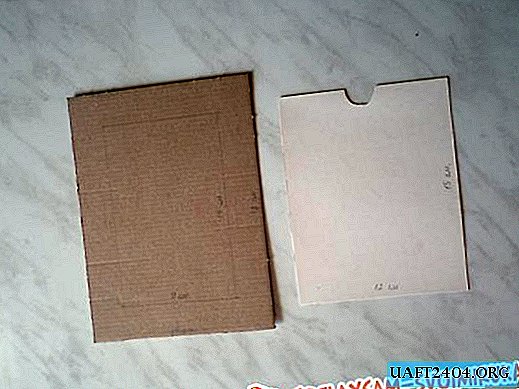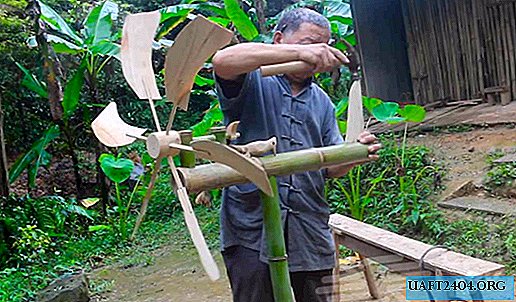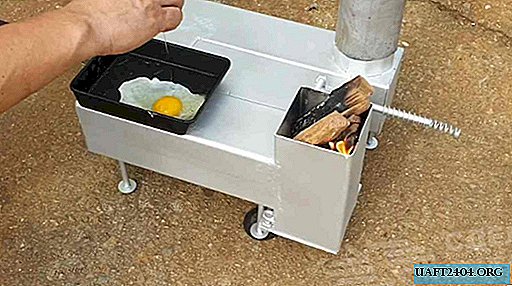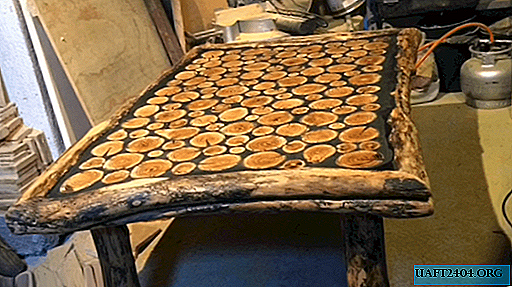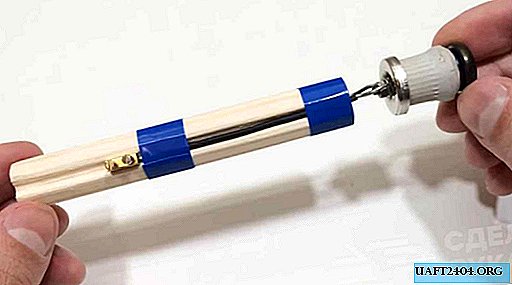Share
Pin
Tweet
Send
Share
Send
Various types of antenna feeder devices come to the rescue. This direction is becoming more fashionable and in demand, because simple equipment can amplify a weak Wi Fi signal several, or even tens of times. What is the secret of technology? Let's take a look together.
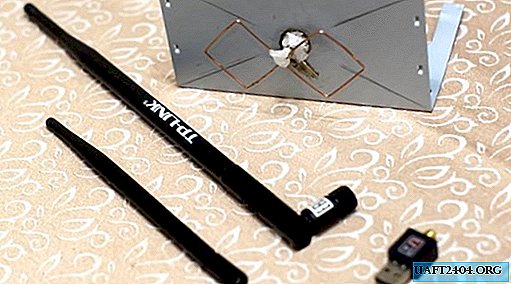
How it works
Perhaps someone will be surprised, but there is nothing fundamentally new in this antenna. The original invention of the bipolar antenna was proposed by amateur radio engineer Kharchenko K.P. back in 1961. It was then intended to capture waves in the UHF range, when broadcasting appeared in it. The antenna consists of two squares connected at one of their vertices by divided sides.
Nowadays, this device has been adapted to Wi-Fi modems and routers for receiving and transmitting Internet network signals. It consists of a reflector and a vibrator, which are able to amplify a signal of a certain frequency, and even be an access point, i.e. distribute it to several consumers.


What you need for a homemade antenna
Materials:
- Antenna from Wi-Fi adapter;
- Case from the old power supply for the computer;
- Wi-Fi adapter with an outlet for an antenna and USB socket;
- A piece of copper wire with a section of 2-2.5 mm;
Power tool: screwdriver, soldering iron and glue gun.
For the rest, for this homemade product you will need the usual tool of a home master: pliers, wire cutters, a knife, a set of screwdrivers, a ruler and a pencil.

We make the antenna
Step one - prepare the antenna, make a reflector
First, unscrew the antenna from the adapter body. We release the antenna from the rubber braid, cutting it off with a knife at the risk at the base.






We will make a reflector from the side wall of the power supply housing from a computer that has already served its purpose. We mark the middle on the tin rectangle using two diagonals. We leave part of the bottom of the case for the stand, and cut off a piece of tin.




We drill a hole in the center of the reflector with a suitable diameter drill. The antenna housing should fit freely in it.
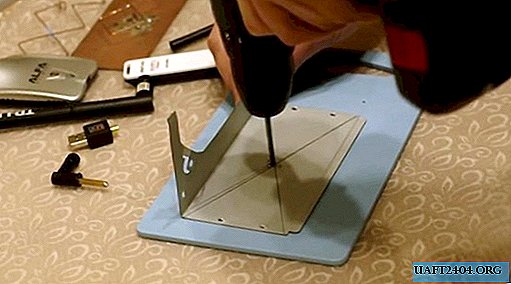



We clean the protective coating around the hole with sandpaper and tin it with solder with flux. This procedure must be done on both sides of the reflector.



Disassembled antenna stock metal. It also needs to be tinned in order to subsequently solder to the reflector.


We insert the antenna rod into the central hole in the reflector, and solder it on both sides.

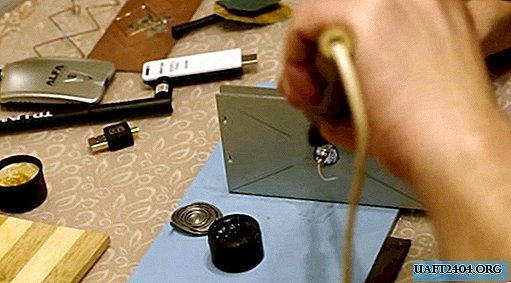



Step two - make a frame vibrator for the antenna
The frame for our antenna will consist of a single piece of copper wire. The size of it, according to the author, must be observed up to a millimeter.
To begin, bend the base-leg of the frame. Its length is 16 mm. The sides of a square 30.5 mm long should also be the same. We bend them gently with pliers, adjusting the curvature of the bends.





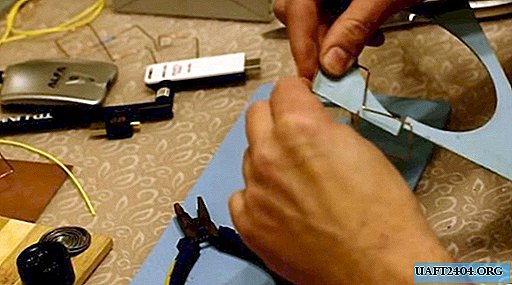


After the vibrator frame is ready, the antenna leg is soldered to the reflector and the metal rod. Solder the antenna cable to the free end of the frame.



At the end of the work, you can fasten any Wi-Fi modem to the antenna jack, since its connector is universal. It remains only to place the antenna in a place convenient for receiving the signal, find a free access point and check the speed of data reception / transmission.



The result is excellent.

source
Share
Pin
Tweet
Send
Share
Send

